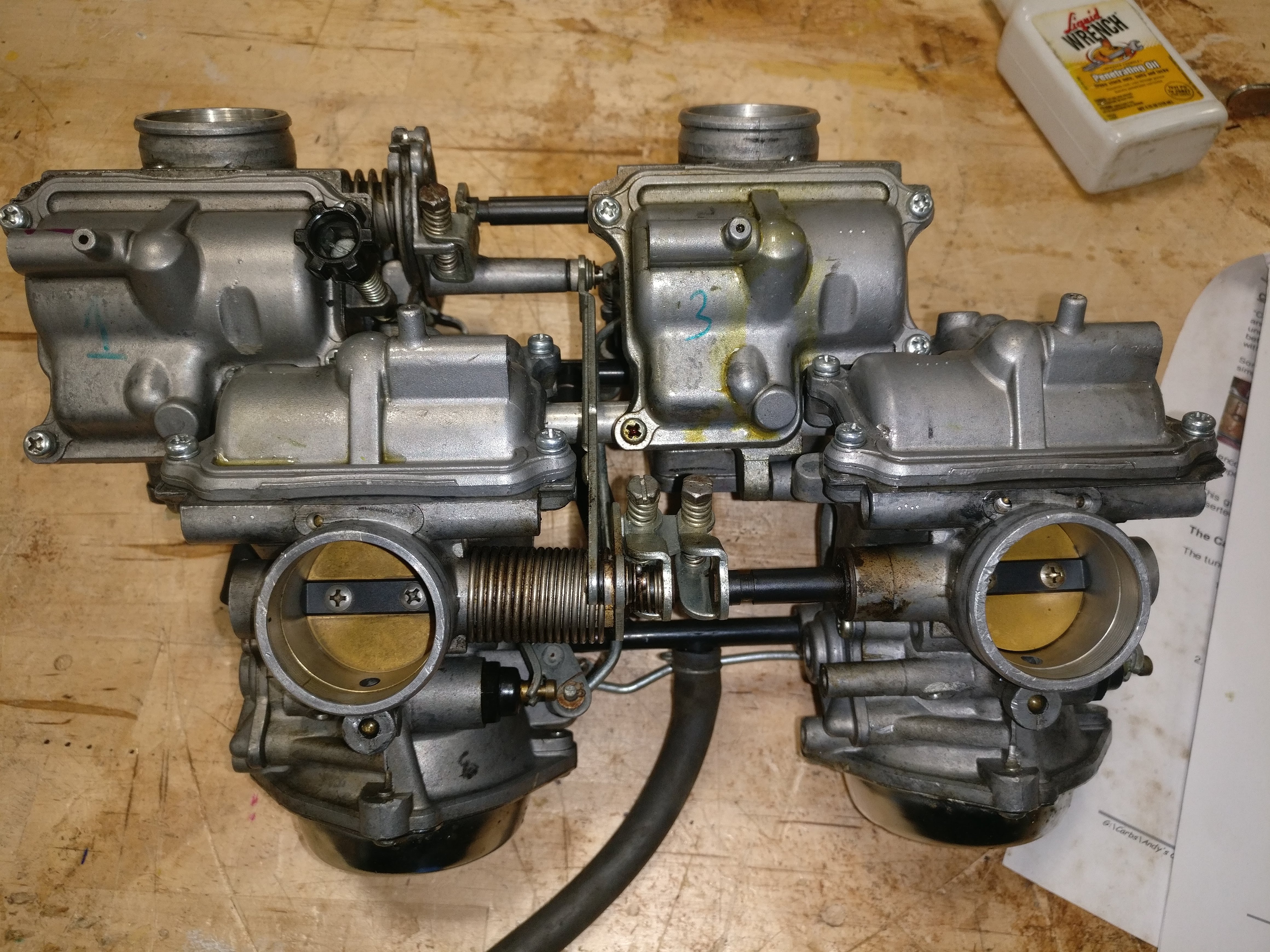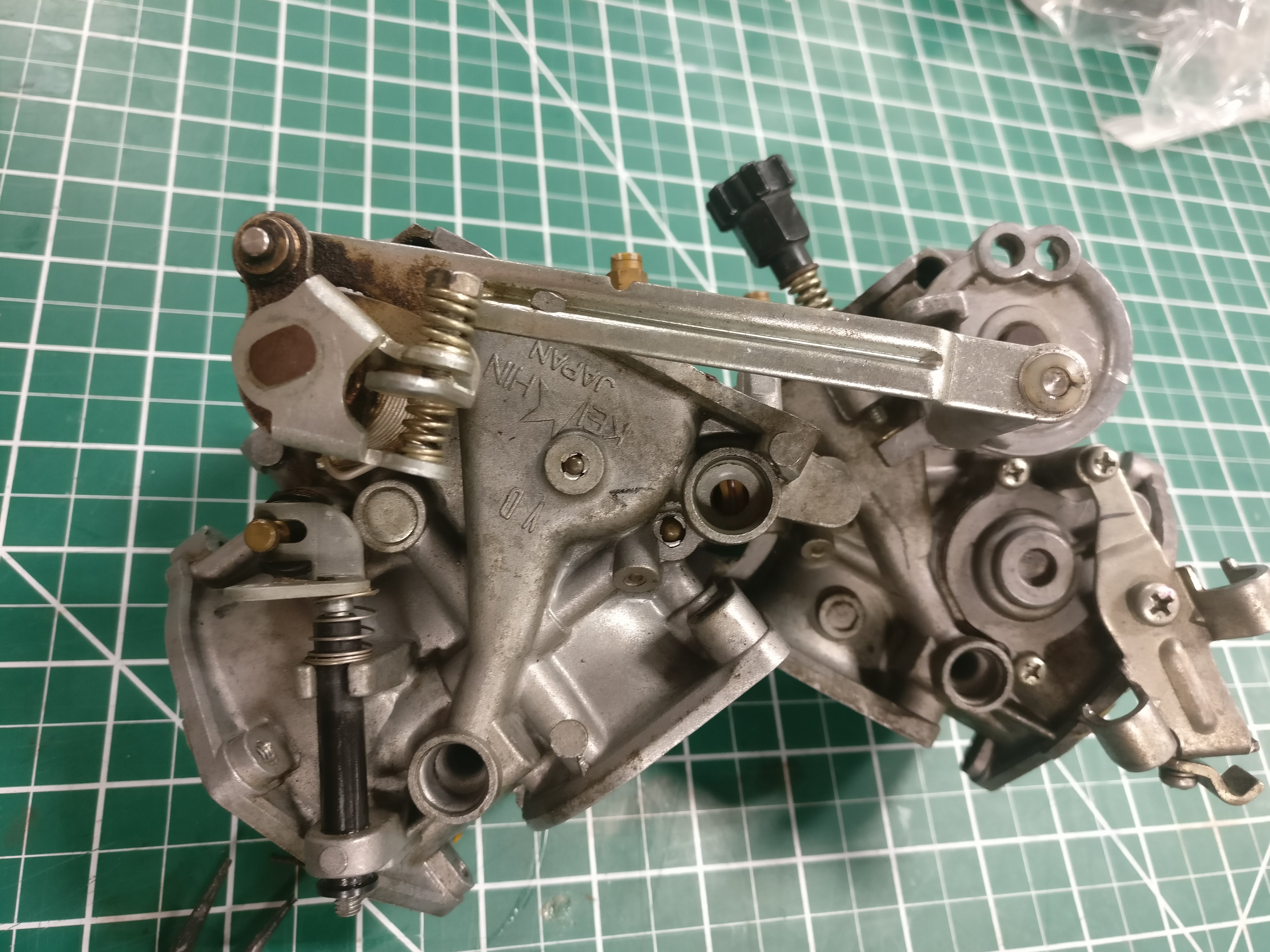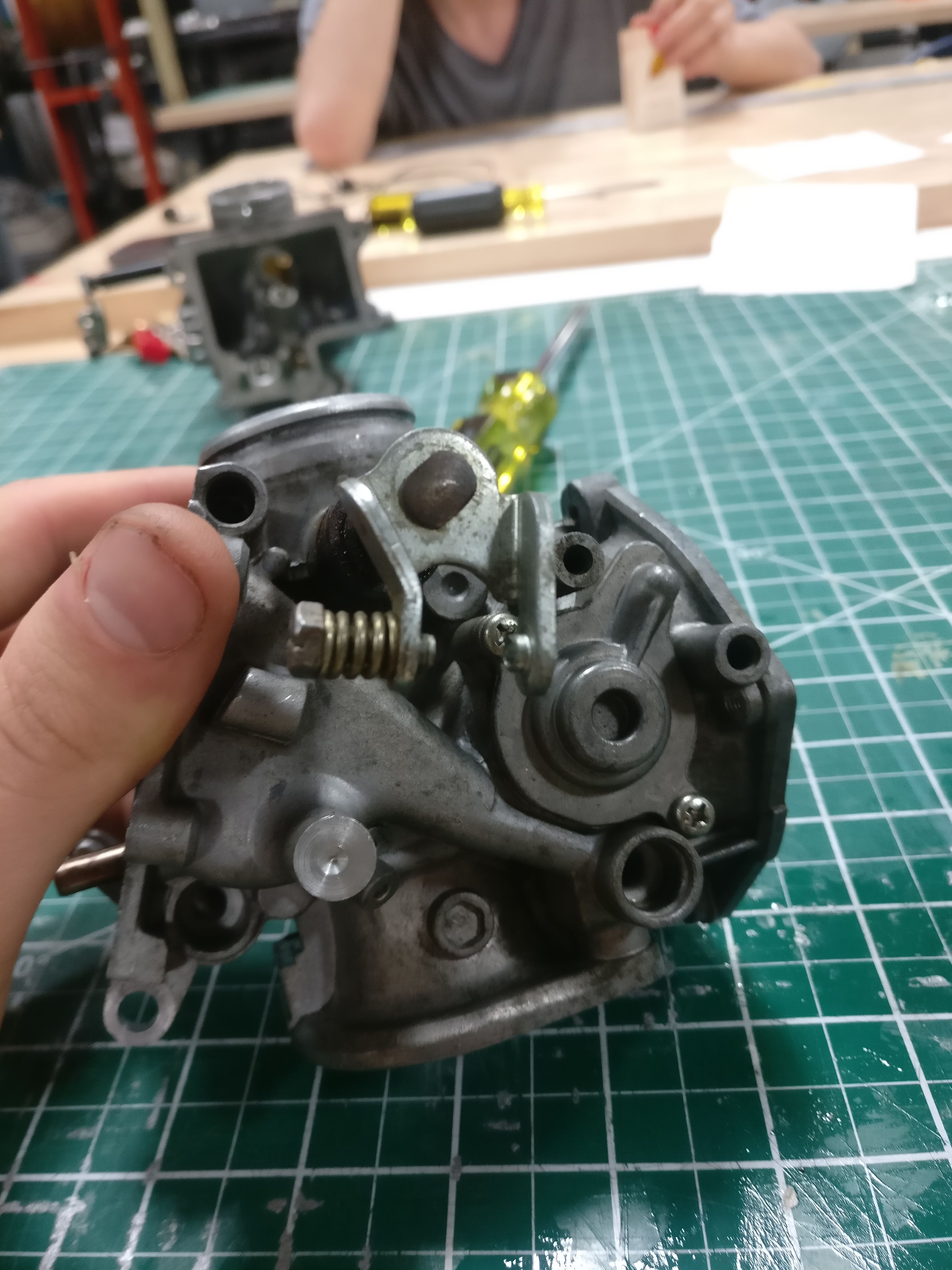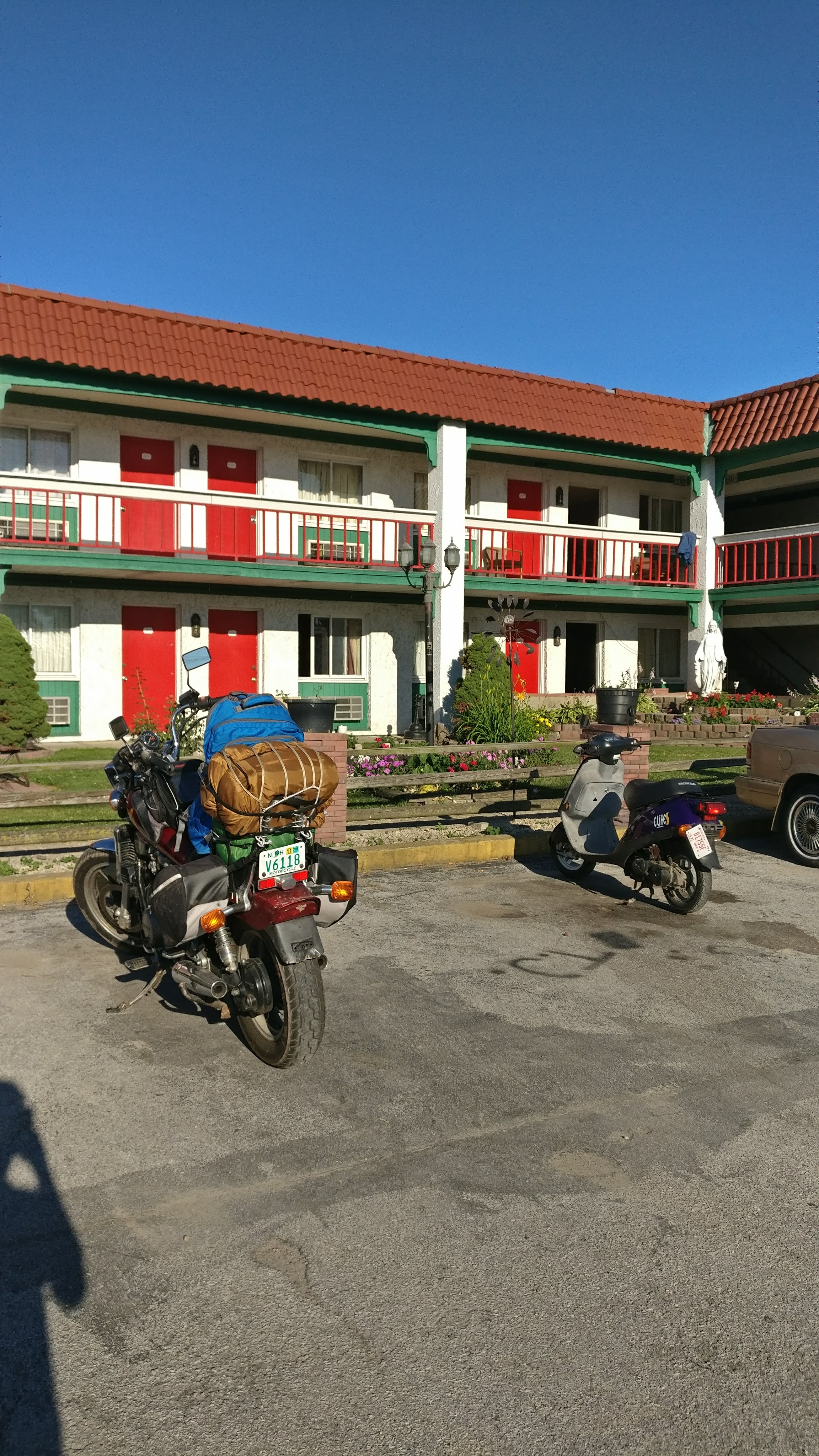During the summer between my Junior and Senior years in college, I travelled across the continental U.S on a 1986 Honda V45 Magna. I bought the bike at the end of the previous summer for $500 off of craigslist. It didn’t currently start, but it would run when the bike was jumped.

Over half a year leading up to July 2018, I worked on learning as much as I could about motorcycle repair and maintenance, in order to get the bike roadworthy so that I could use it to travel. I replaced many standard parts like air filters, fuel filters, oil, but the bike still refused to turn over even when jump started from a car battery.
I bought a new battery, but I didn’t know at the time about Cold Cranking Amps (CCA), a rating which relates to the amount of current that the starter motor can draw on a cold start. Unfortunately, the battery I bought was too small, under even the factory specifications. The battery was unreliable at starting the motorcycle, because the starter motor would drain it incredibly quickly, after only a few cranks. Ultimately, I solved this by buying a Lithium Ion battery with jumper cable attachments. This would allow me to charge my phone and jump the bike from the same little gadget. I also installed a set of bullet connectors to the motorcycle battery so that I could charge the Li-ion battery from the running bike, as it had a 12-15 volt DC charging port.
After much thought and internet research, it seemed like I was gonna have to bite the bullet and clean the carburetors. The V4 engine at the heart of this bike is a behemoth, and each cylinder gets their own carburetor. This means the carburetor block is a big hunk of aluminum.

Very scared, as I had never done this type of work on internal combustion engines before, I followed a guide from the V4MuscleBikes forum on carb cleaning for this model bike. Over the course of a couple weeks in between my classes, I disassembled each carburetor, cataloguing and bagging each part.


Then, I used a petroleum based solvent parts cleaner to soak each carburetor. I could only soak the metal parts, which is part of the reason it had to be fully disassembled.
During this process, I noticed that the pilot jets on most of the carburetors seemed to be clogged. This made sense, because the bike had been sitting for a while with old gas in the float bowls that could congeal into a gummy nuisance. In addition, this would explain my bike not starting, as the pilot jet is used in the air-fuel circuit on a start. After a dip in the solvent and some compressed air, I could see the light through the tiny hole in the pilot jet and I was hopeful.
At the end of the school year, I went home, reinstalled the carb block and after some trouble with the cooling system, got the bike to start up. After that, I got a motorcycle license, packed my bags and started moving.
I spent 20 days traveling, staying with friends, in motels, and camping when I could with the hammock and sleeping bag that I had brought. By some divine luck, I had no serious run ins with rain, and the trip was as smooth as it could be on a 30 year old motorcycle.
In Elko, Nevada an ignition coil went out, which left me running on 2/4 cylinders. I could limp around to get to the grocery store, and I spent 4 days in a motel waiting for a part to come in to the local Honda dealership. After that part came in, I drove the rest of the way to meet my friend in San Francisco.
Pictures from the trip


